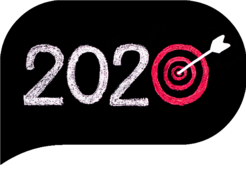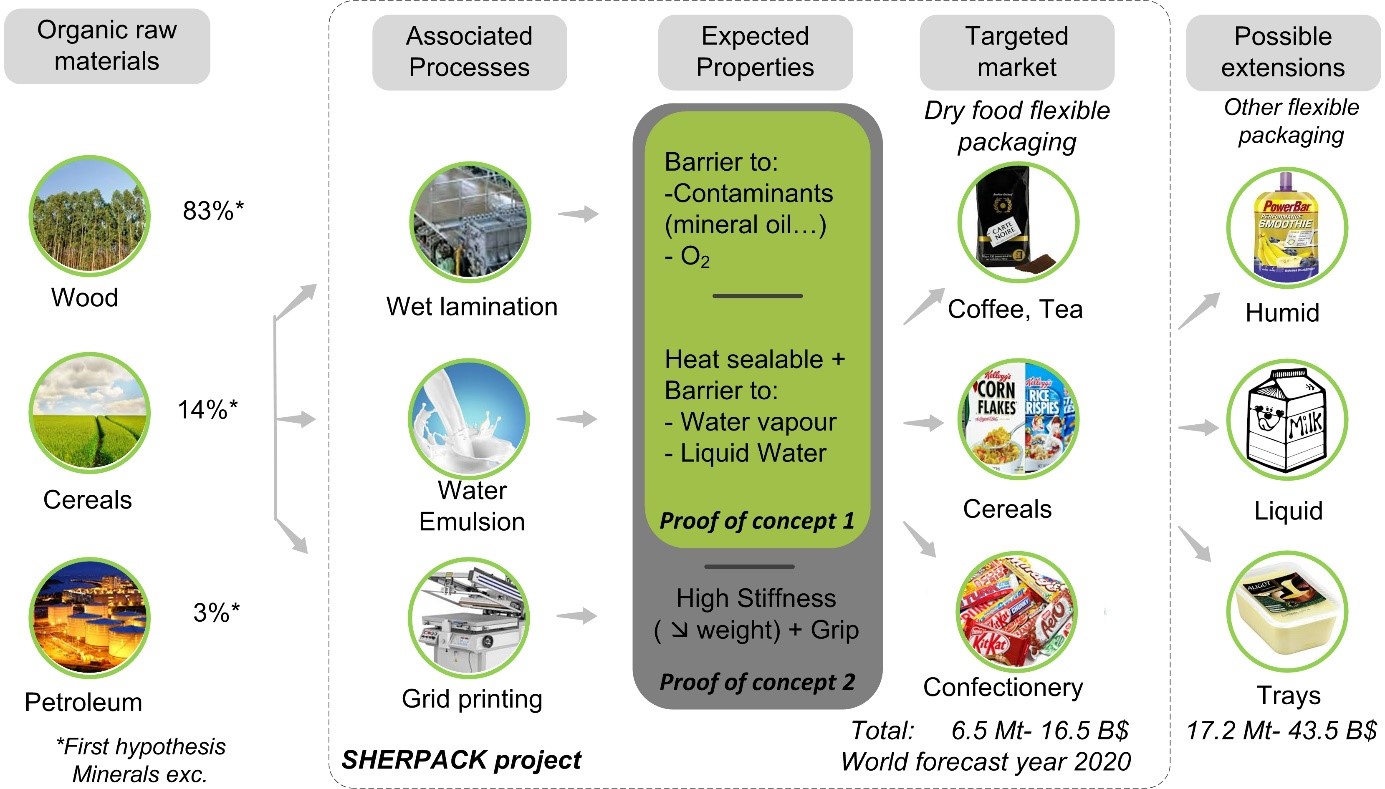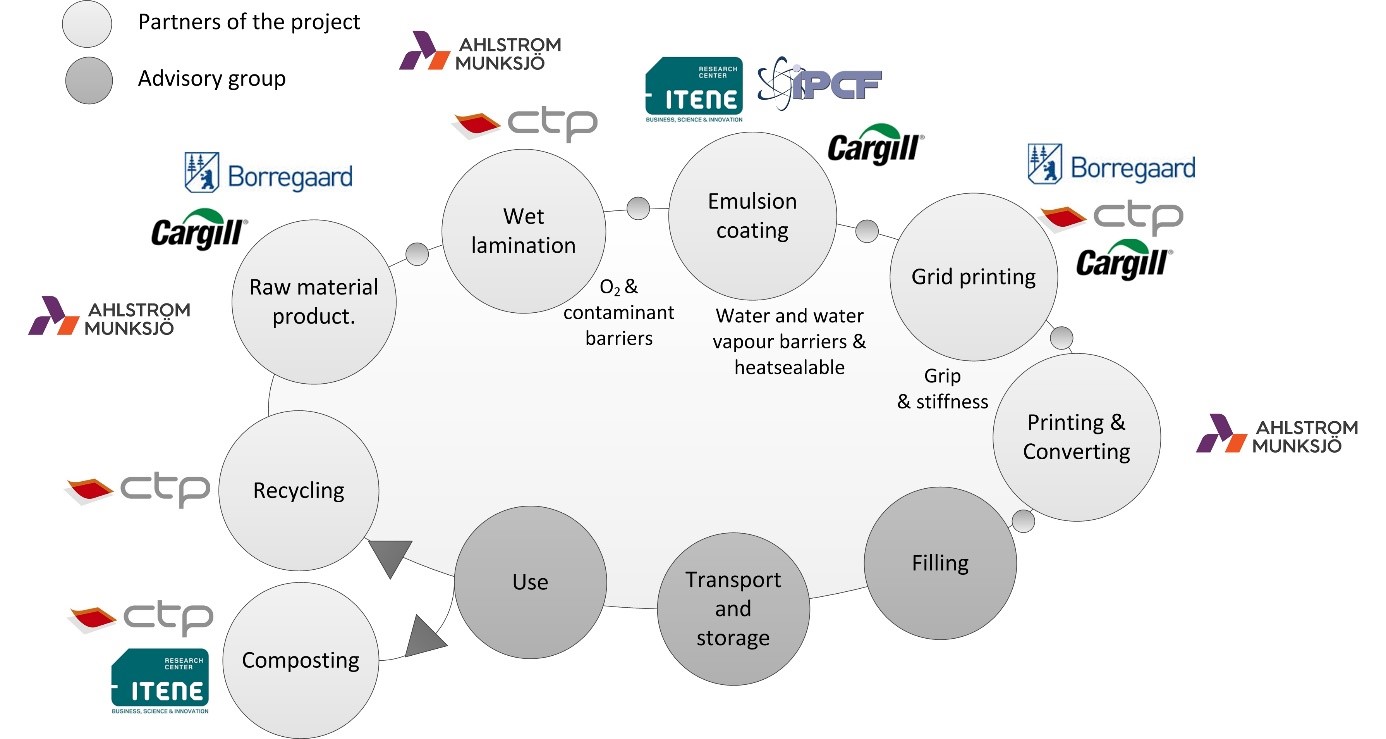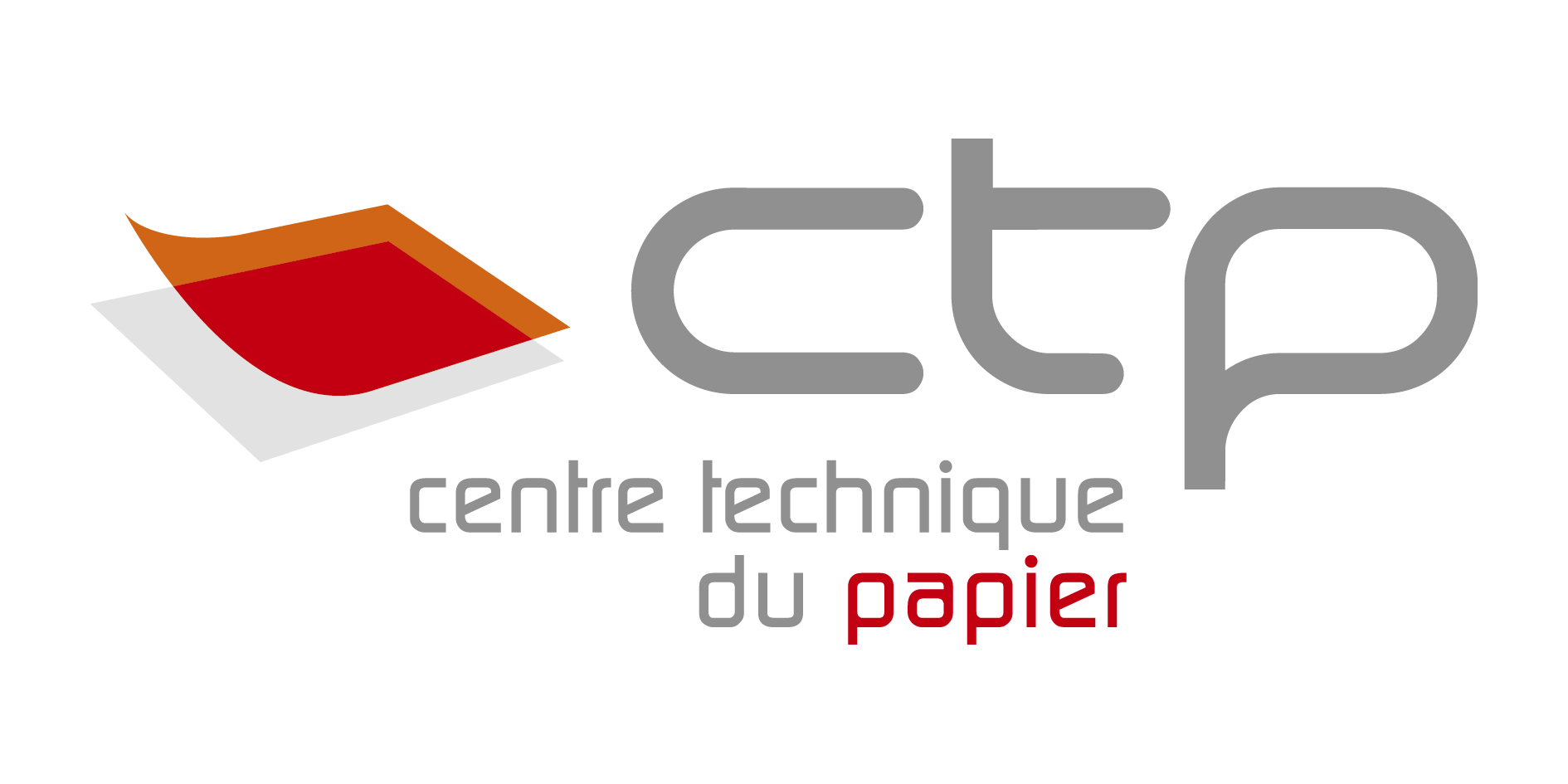Sherpack, a project to reinvent flexible paper-based packagingThe European project Sherpack – “Innovative structured polysaccharides-based materials for recyclable and biodegradable flexible packaging” – aims at developing a renewable, biodegradable and recyclable flexible paper-based packaging material. This material will be easily converted by heat-sealing and folding, will provide superb barriers to oxygen, contaminants and water vapour, and will have improved stiffness and grip, in order to replace materials such as plastics or aluminium foil currently used on the market by an advanced biomaterial. It will preserve foodstuff and ensure consumers’ safety as well as its fossil-based counterparts while answering the need for functional bio-based packaging materials with good end-of-life alternatives. Concept of the projectSherpack aims at developing two proofs-of-concept for these packaging materials, through three major innovations that will be brought together to offer new functionalities.
These innovations are the wet-lamination of a thin layer of fibre specialty on the cellulosic substrate, the formulation and coating of a biodegradable polymer waterborne emulsion, and the design and application of a grid to improve the grip and stiffness. Each will be raised from TRL 3 to TRL 5 over the course of the project. Value ChainSherpack 's cellulosic materials will be brand new and inventive, and integrate concepts that will enhance food conservation, guarantee customers’ safety, and improve mechanical properties and converting while remaining recyclable in the paper process, biodegradable, and compostable. Moreover, the materials developed in Sherpack will be assessed in terms of economic and environmental impacts to ensure they are consistent with the market requirements. To this end, the whole value chain will be involved in the project, either directly in the Consortium or through an advisory group composed of major players in the food packaging sector: brand owners, retailers, and machine suppliers.
The project will last 3 ½ years, from mid-2017 to end-2020. |
 |
|---|
 |
 |

|
contact us



